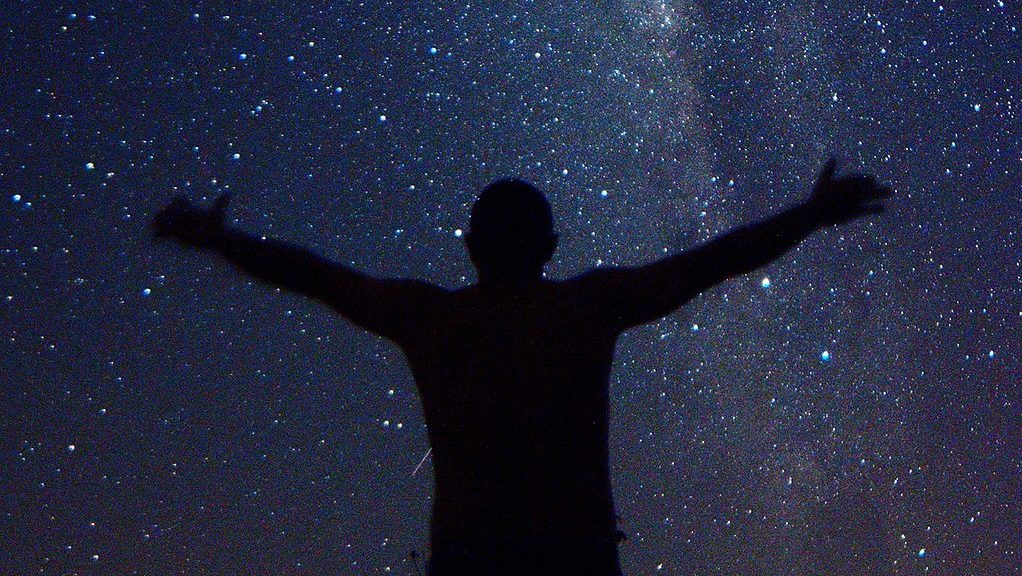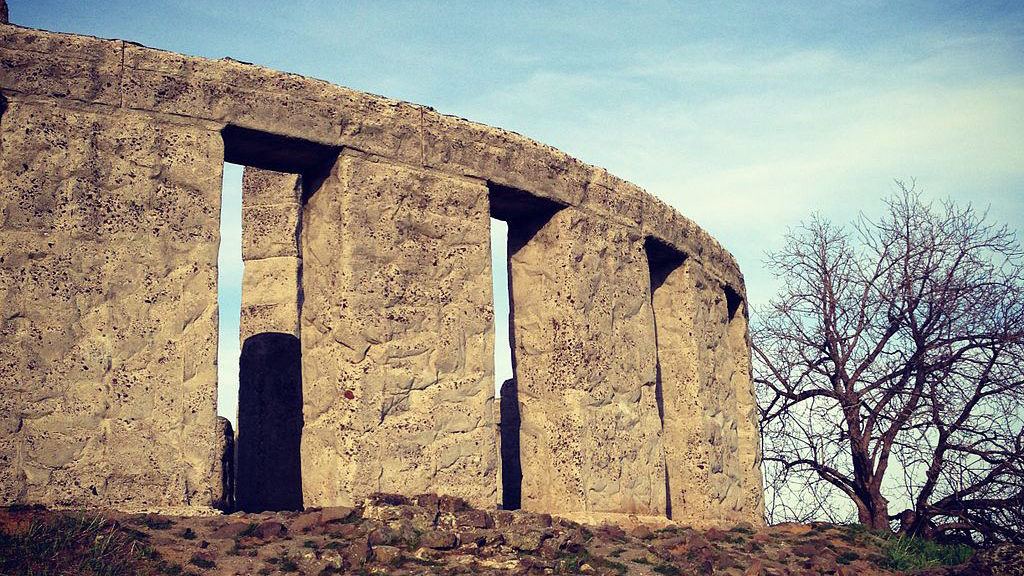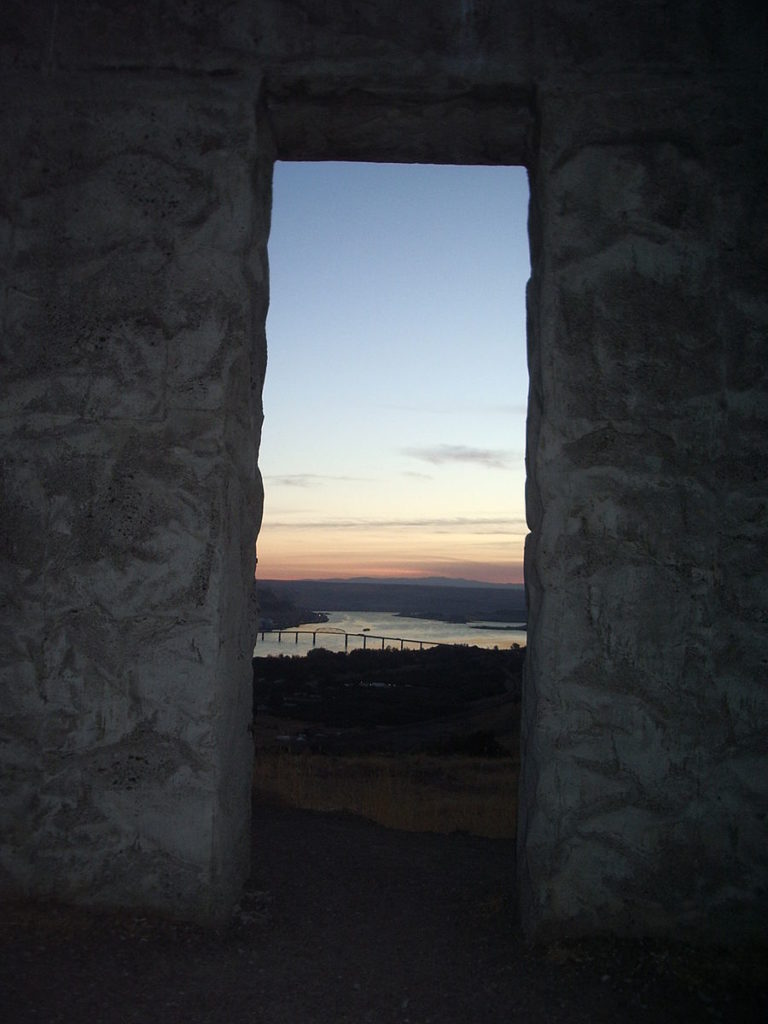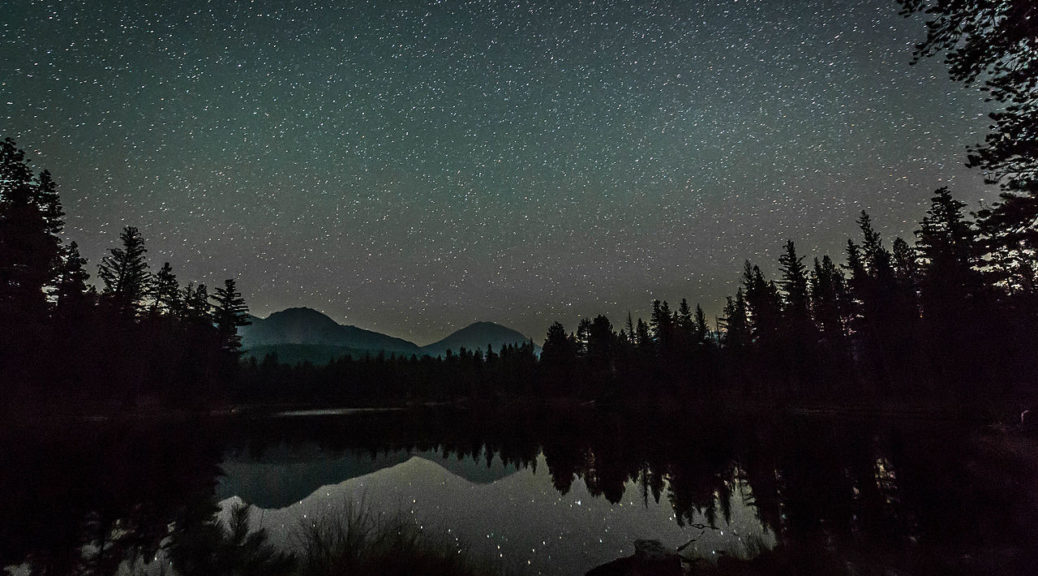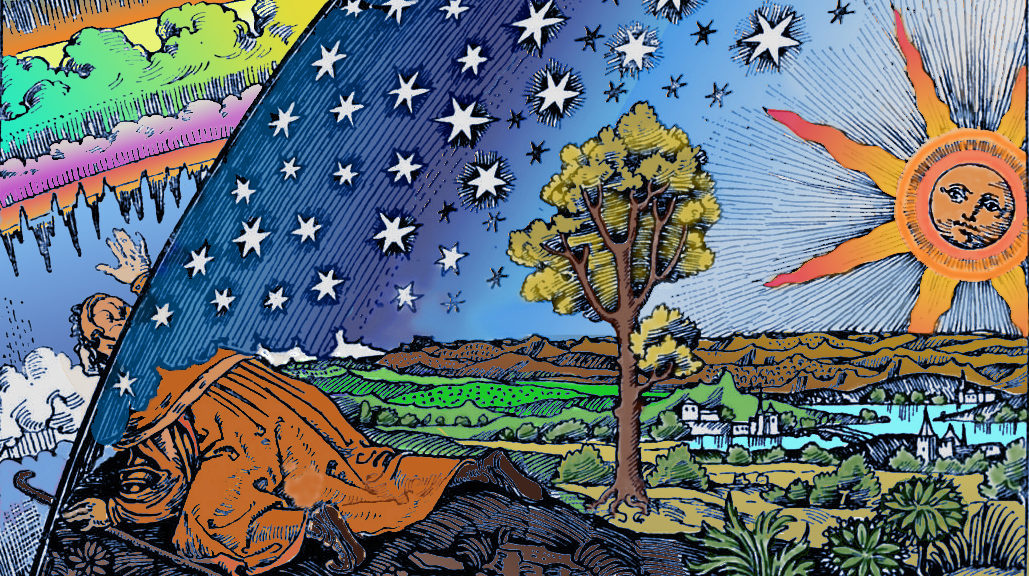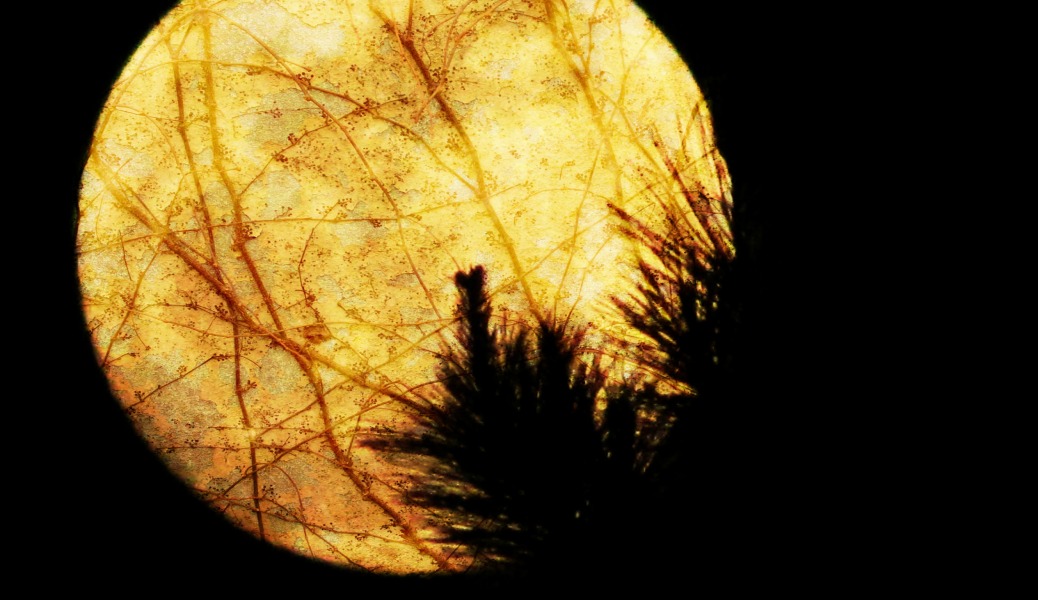14 reasons to love the dark
I had a dream, which was not all a dream.
The bright sun was extinguish’d, and the stars
Did wander darkling in the eternal space,
Rayless, and pathless, and the icy earth
Swung blind and blackening in the moonless air;
Morn came and went—and came, and brought no day,
And men forgot their passions in the dread
Of this their desolation; and all hearts
Were chill’d into a selfish prayer for light—Lord Byron
When the dark time comes, when it swallows us whole, what do we do? Do we revel in it? Or do we cower in terror?
Darkness evokes a primal fear that even the most rational adults can’t completely banish. Whether it’s the outer darkness that shrouds the world at night or the inner darkness that clouds our spirit, we’re always fighting to keep the dark at bay. With artificial lights. With bottles and pills. With platitudes and prayers. Resistance to darkness seems to stem from some potent ancestral memory encoded in our DNA.
But darkness can’t be held down for long. It presses in on us, gathering its shadows at the edges of our lamplight. It waits for its chance, for the lights to flicker, to swell up and reclaim its territory. The more we hide from darkness, the more powerful its hold on us.
Our terror of darkness runs so deep, the gods sometimes use it to threaten and punish the world. Darkness was one of the ten biblical plagues Yahweh inflicted on Egypt in attempt to free the Israelites from slavery.
Then the LORD said to Moses, “Stretch out your hand toward the sky so that darkness will spread over Egypt—darkness that can be felt.” So Moses stretched out his hand toward the sky, and total darkness covered all Egypt for three days. No one could see anyone else or leave his place for three days.
—Exodus 10:21–23
We’ve entered the dark time of the year—and a dark time for humanity. All the darkness we’ve denied within ourselves is rising up and staking its claim, and there’s no telling what ghouls may manifest within it. Renewed persecution, maybe. Nuclear war, maybe.
